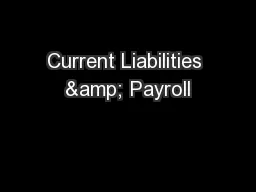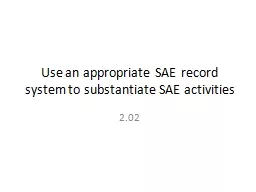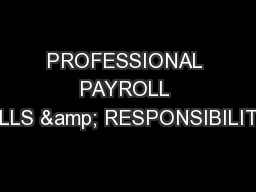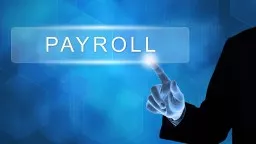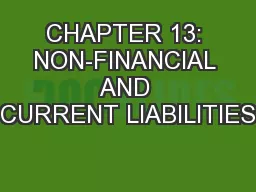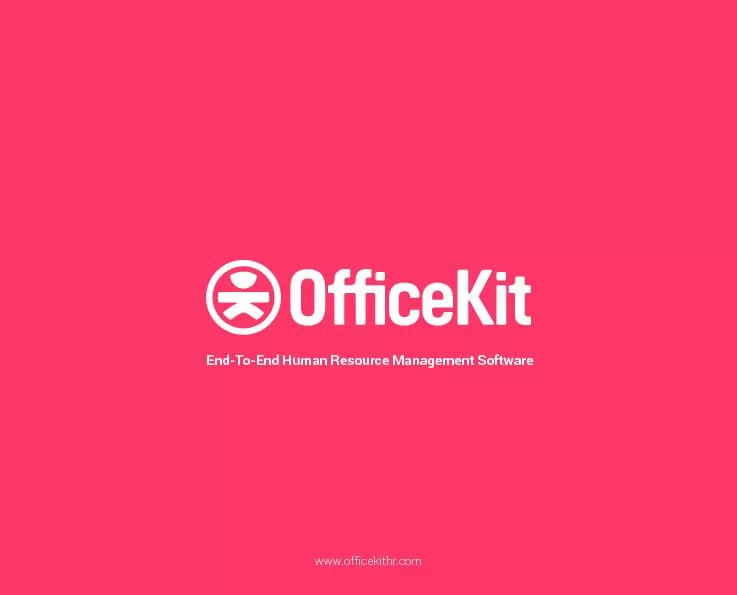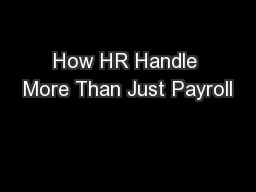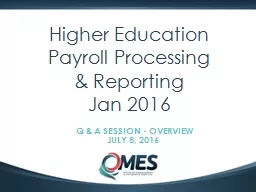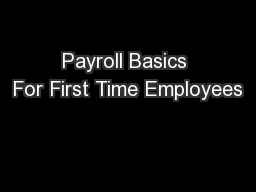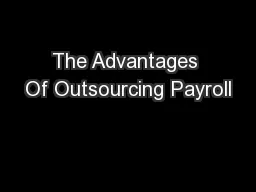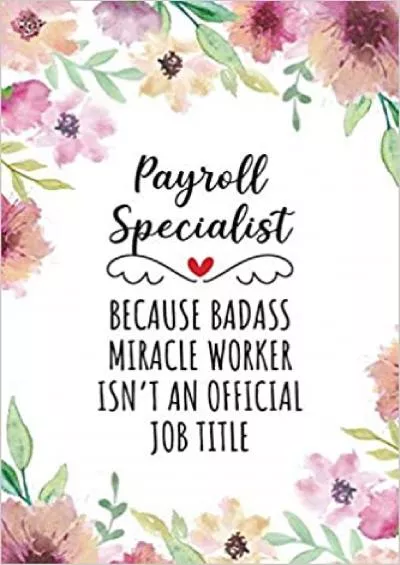PPT-Current Liabilities & Payroll
Author : alida-meadow | Published Date : 2018-02-03
Determinable certain current liabilities Operating line of credit and bank overdraft Shortterm notes payable Sales and property taxes Current maturities of longterm
Presentation Embed Code
Download Presentation
Download Presentation The PPT/PDF document "Current Liabilities & Payroll" is the property of its rightful owner. Permission is granted to download and print the materials on this website for personal, non-commercial use only, and to display it on your personal computer provided you do not modify the materials and that you retain all copyright notices contained in the materials. By downloading content from our website, you accept the terms of this agreement.
Current Liabilities & Payroll: Transcript
Download Rules Of Document
"Current Liabilities & Payroll"The content belongs to its owner. You may download and print it for personal use, without modification, and keep all copyright notices. By downloading, you agree to these terms.
Related Documents

